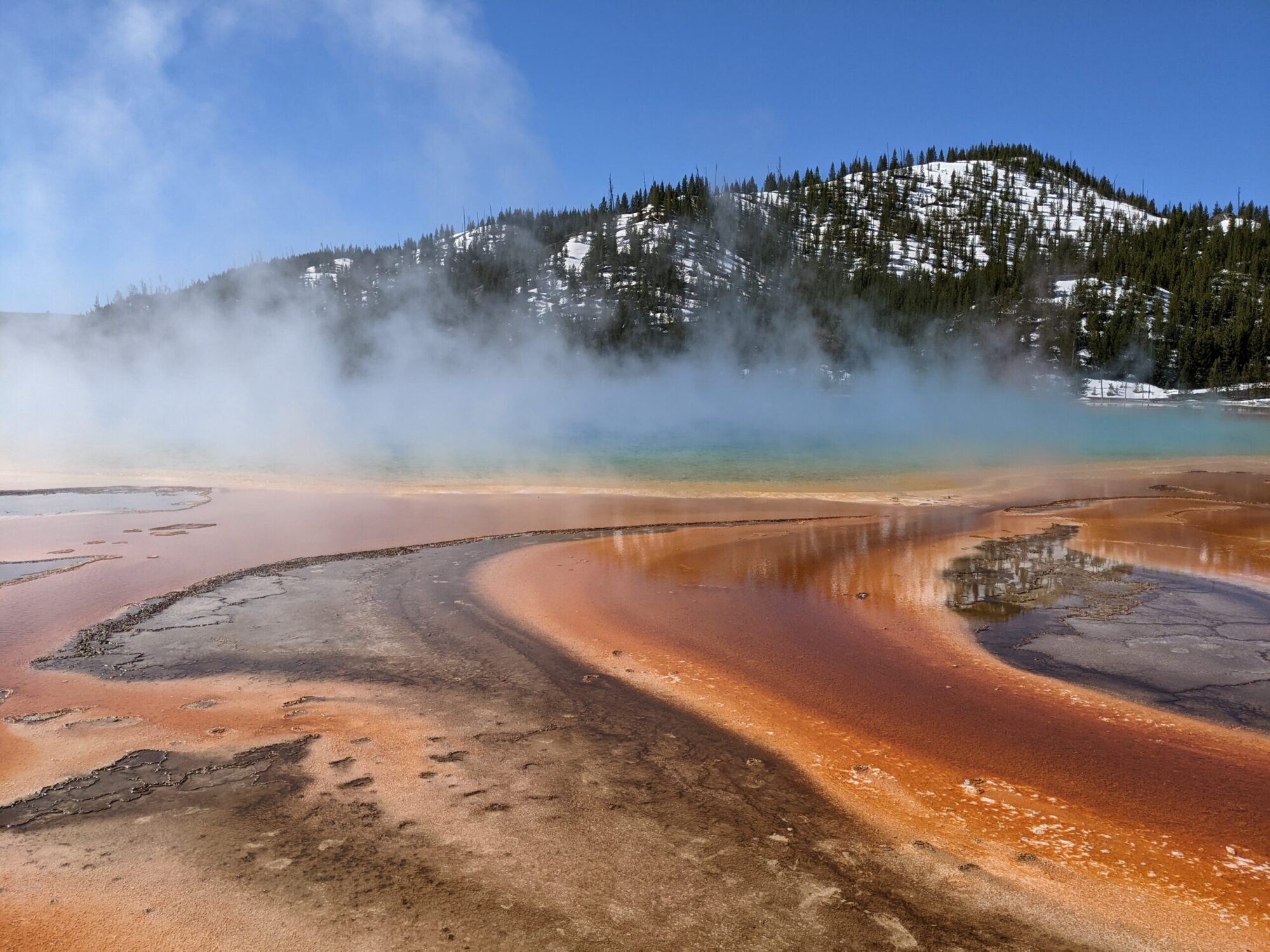I woke up Saturday morning to find out I got my paycheck a few days early (!!!!), so I went ahead and got me a beer kit. My boss, Dr. Doorn, had suggested a company that he’s gone through in the past called Northern Brewer, based out of Minnesota/Michigan. He pointed out that they’ve got a pretty good variety of beers (he’s right…) and, perhaps most importantly, their close location means that shipping happens quite rapidly, so you don’t end up waiting for your package to arrive for a week or more as I would, perhaps, have to with William’s Brewing. When comparing the two, it seems like their kits are very comparable in build and price, but Northern does seem to have a wider variety of beer options (94 options at the time of this writing), and you get to choose what kind of yeast you want (e.g. dry, liquid) and what kind of priming sugar. Otherwise, everything else comes in each kit.
I got the cheaper set for now, as my Dad still has a few glass carboys from when he made wine a few years back. If I decide to go that route, I can certainly do so, but for now, I’ll stick with my tried-and-true method. For my first beer, I decided to go with a Honey Brown Ale (pictured above). I went with that one for a few reasons, but one of them is that, compared with the other options, it should be ready relatively soon (close to 4 weeks). Also, if you’ve never had one, a Honey Brown beer variety (assuming I do it right…) ends up being pretty smooth, not very bitter, and has a sweet flavor to it. Therefore, hopefully, it’ll have a relatively wide appeal at Thanksgiving/Christmas gatherings this Fall/Winter. For my next one, I’ll probably go with something more “hoppy,” which is the style of beer I tend to gravitate toward anymore.
As the title of the post implies, I’ll be writing these in a series of “Steps” as I go through the process, and as such, I’m completing a few things right now before the beer is even here. One is measuring the temperature in my intended brewing location: the unfinished, cellar-like basement of our house. I’m recording the temperatures 3-4 times a day at varying times in hopes of getting an idea as to how stable the temperature will be. The “cellar-like” part should hold stable, but that is where our furnace is and our washer/dryer, so I’m not sure how the “swings” will affect the brewing process. Typically, you want your fermentation to occur in a relatively stable environment: not too cold, not too hot, but also not swinging wildly between extremes. When I did did some brewing back in undergrad, we noticed that the yeast could be “shocked” into inactivity if the temperature dropped too far. That meant the yeast, effectively, stopped doing what I wanted them to do: make alcohol and, consequently, beer. So between last night and this morning, the temperature was hovering between 56 F and 60 F, and that’s fine by me. Again, the yeast can handle temperatures in a variety of ranges, but they don’t like their temperatures being shifted around. I could probably brew in the upper-40s to low-50s and be fine (with the right kind of yeast…), but the fermentation process would just be slower than it would in the upper-60s to low-70s.
Secondly, I’m collecting bottles. Most beer kits come with a capper and bottle caps, the latter of which you can always purchase more of for relative cheapness. We’ll slowly collect “interesting” 12 oz bottles, but basically we’re sticking with those that don’t have markings on the glass itself, like Sam Adams bottles or New Belgium bottles do. We’ve got 24 of those, which should hold over 2 gal of beer. I’ve also got two 2 L bottles, and nine 1 L bottles, all of which have reusable tops on them, so they don’t require capping. Those should hold nearly 3 gal of beer, bringing me up to the 5 gal of total storage I will need. I’ll probably try and keep a good mix like that, keeping most of the beer in the 1 L bottles, but making enough in the 12 oz bottles to either give away or take to gatherings in single-serving amounts. We’ll probably collect more of those 12 oz bottles over time, but for now, we’ve got enough.
So hopefully the kit ships today or tomorrow and I’ll have it this week, and assuming all goes according to plan (which rarely happens, I realize…), I should have something quasi-drinkable by Thanksgiving. The carbonation process will not have had much time around Thanksgiving, as that’s a bit over 3 weeks away), but this variety of beer shouldn’t require all that much carbonation, anyway. It all depends on how the yeast do in the basement environment and whether they keep fermenting at a good pace. We’ll see!

